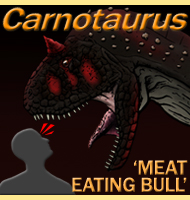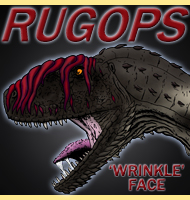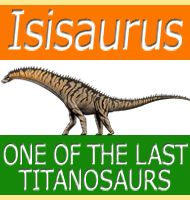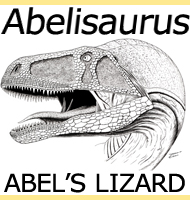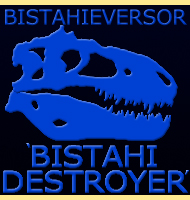


Orthogoniosaurus
Name:
Orthogoniosaurus
(Straight angled lizard).
Phonetic: Or-foe-gon-e-o-sore-us.
Named By: H. C. Das-Gupta - 1931.
Classification: Chordata, Reptilia, Dinosauria,
Saurischia, Theropoda.
Species: O. matleyi (type).
Diet: Carnivore.
Size: Unknown due to lack of remains. Holotype
tooth is 27 millimetres long.
Known locations: India, Madhya Pradesh,
Jabalpur - Lameta Formation.
Time period: Maastrichtian of the Cretaceous.
Fossil representation: Fragmentary tooth.
The
first genus of theropod dinosaur to ever be named from India’s Lameta
Formation, Orthogoniosaurus has often been
considered to be a senior
synonym for other theropod genera that were later discovered. However
the holotype of Orthogoniosaurus is only a tooth,
and because of this
no other fossil remains have been attributed to the genus because it is
almost impossible to identify them based upon such scant fossil
material.
Other
theropods from the Lameta Formation which are known from much more
complete remains include Indosaurus,
Indosuchus,
Rajasaurus
and
Rahiolisaurus
amongst others. Interestingly, all four of these
genera are abelisaurid theropods, though the tooth of
Orthogoniosaurus has been regarded as possibly
coming from a
ceratosaurian theropod, though again, because only a tooth is known
this is not seen as a certainty, just a possibility.
Further reading
- On a new theropod dinosaur (Orthogoniosaurus matleyi,
n.
gen. et n. sp.) from the Lameta beds of Jubbulpore, H. C.
Das-Gupta - 1931.
----------------------------------------------------------------------------
Random favourites
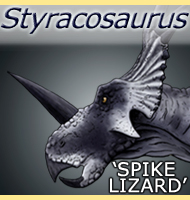 |
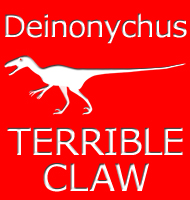 |
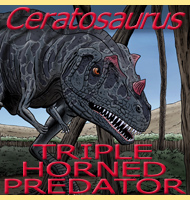 |
